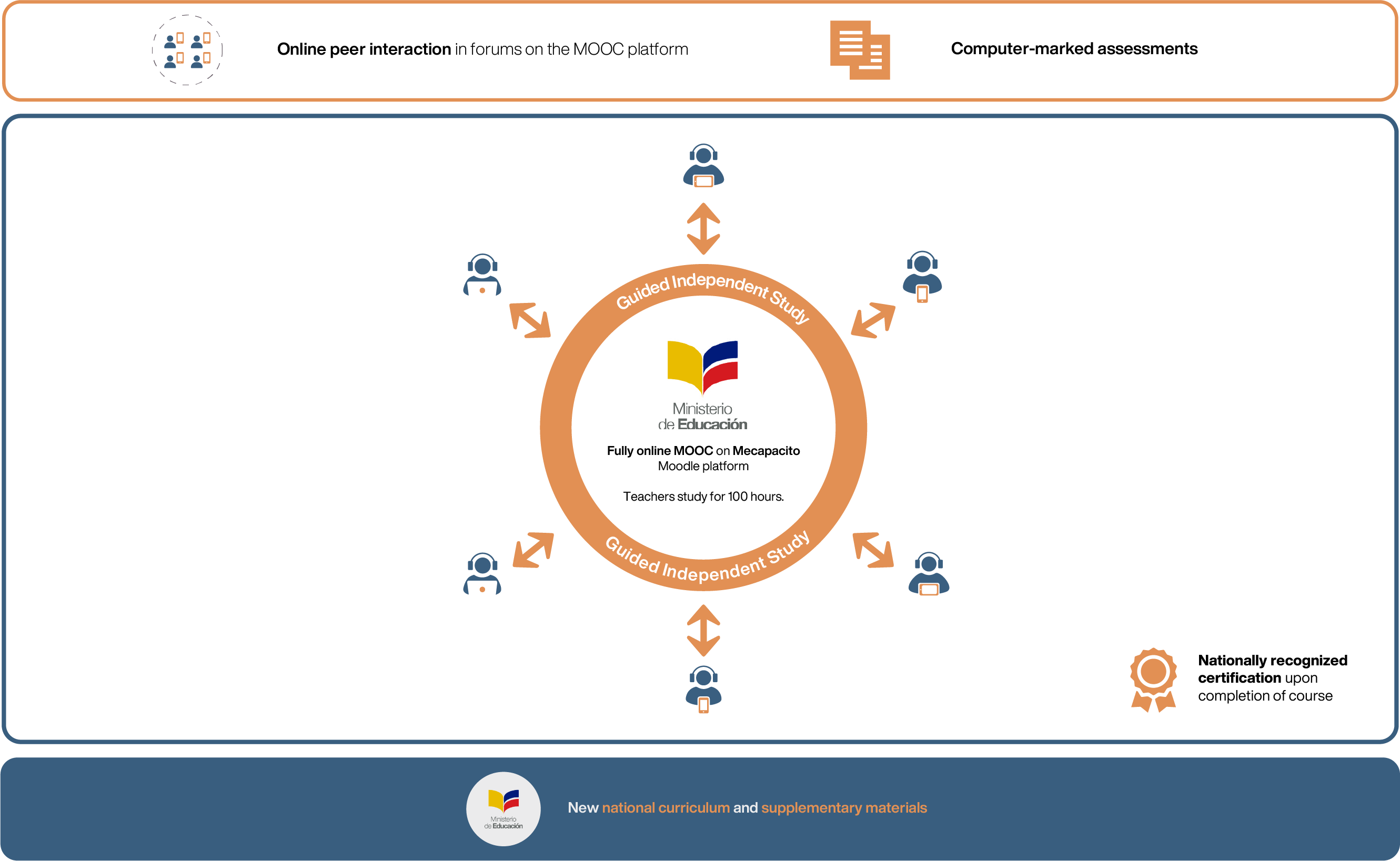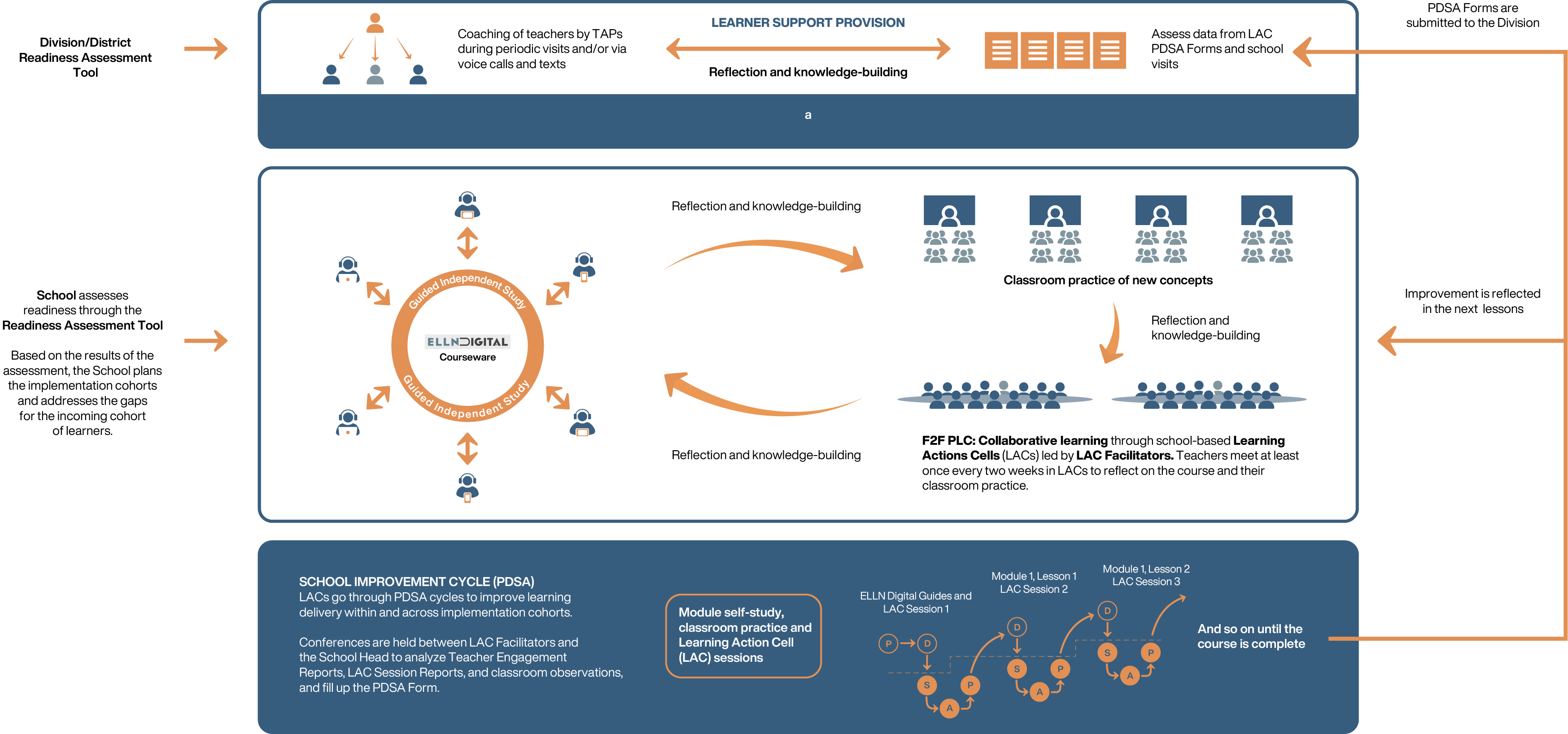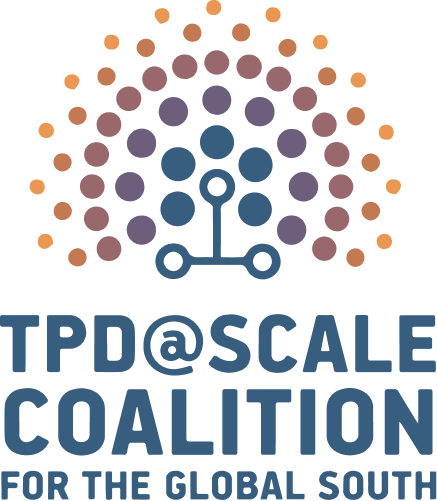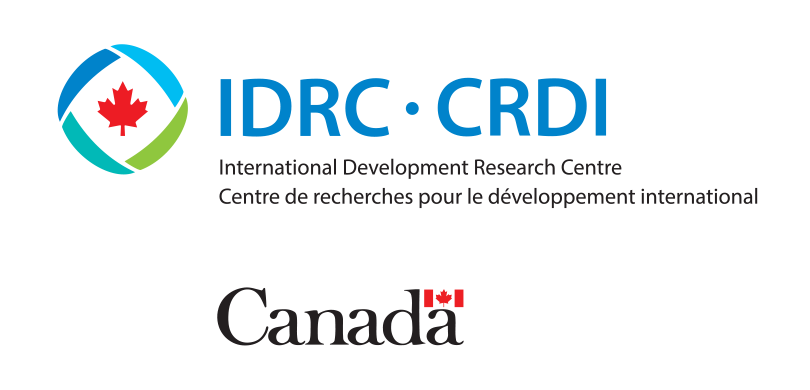Introduction
The Ministry of Education of Ecuador implemented the PACD program between 2016 and 2018, aiming to introduce all teachers to the new National School Curriculum that was published in 2016. Building on previous blended and online programs offered through a public virtual learning environment (VLE) on the open-source LMS Moodle, the designers decided that there was sufficient experience of online learning within the teaching workforce to utilize a wholly online program across the national education system.
Thus, PACD put in place a MOOC in which 187,365 state school teachers or 90.8% of the total teacher population participated. This represented a new approach by the Government.
Key features of the PACD model
- The PACD model used a MOOC due to relative low cost and extensive reach across the country and based on learning from previous smaller scale online TPD programs.
- The Ministry of Education created a VLE called Mecapacito on Moodle for the MOOC.
- The MOOC is comprised of 13 modules, of which teachers had to take six — five general modules and one specialized module to be chosen based on eight possible teacher profiles in terms of educational level and subject area. In order to receive a 100-hour certificate, teachers had to obtain a mark of more than 7 out of 10 in each module.
- Modules included “The collaboration of teaching teams in the development of the institutional curriculum” (Module 3), “Assessment in the classroom” (Module 5), and “Cultural and Arts Education curriculum development” (Module 6), among others.
- MOOC activities were designed to be undertaken as self-study with peer support. In the program evaluation interviews, implementers highlighted that the lack of budget led to the PACD being designed so as not to need tutors to accompany the participants.
The course passing rate was relatively high at 66.5% (versus a typical international passing rate of 10-20%). This is partly attributed to the fact that the MOOC was compulsory and the resultant certification was tied to the Ministry of Education's promotion and re-categorization processes as well as to teachers' salaries. The meaningful content, high-quality supplementary materials, and the changes in teaching practices introduced were noted as program strengths. The certification element was also identified as a particular strength and provided a strong incentive for teachers.
In research conducted by SUMMA (2022) on the PACD program, teachers highlighted that PACD effectively established important conditions to begin transforming their teaching practices in relation to the new curriculum. Over the course of the program, teachers stated that they gradually gained more mastery over the implementation of the curriculum and affirmed that more daily experimentation and reflection in the classroom would have been helpful to support change in their practice. Furthermore, they stated that these experiences would have been enriched by the formation of “working teams” (a type of forum or learning community) that share ideas and experiences.
In terms of further challenges associated with the program, some teachers expressed dissatisfaction with the theoretical nature of some of the content, the top-down nature of the intervention (i.e., from the Ministry to teachers), and the resultant lack of tailoring to their specific needs, as well as desiring more practical activities to enhance application of new knowledge. Nonetheless, the program has resulted in a paradigmatic change in the way TPD is delivered in Ecuador with the government’s new approach to utilizing technology to facilitate TPD, the creation of a new online system via the VLE, and its extensive coverage across the country.




